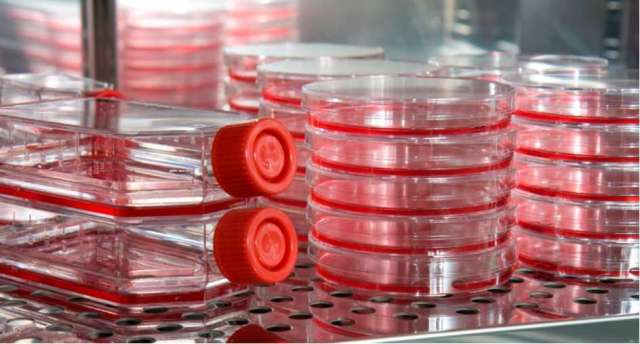cell differentiation Ageing and culture media
Components of cell culture media

cell differentiation Ageing and culture media
Cell culture terms: Dedifferentiation
In this process, the specific characteristics of the cell are lost and return to the original phenotype. In some ways, cells lose their specialized features.
Evolution of cell lines
Primary culture is considered as a cell line, which may be passage several times to multiply. At each successfully performed passage, the cells with higher capacity to multiply will dominate over other cells.
Cellular aging
Natural cells are only divided into a limited number, and then the cell lines derived from the tissue will die, which is called cellular aging. The reason for this process is the inability to copy the DNA sequences in the telomeric region. Of course, in this process, stem cells, sex cells, and transformed cells are exceptions that, with the presence of the telomerase enzymes, can replicate the end regions.
Components of the culture medium
1. Essential and nonessential amino acids
Essential amino acids are not made by the cell and, depending on the cell type should be added to the media. Glutamine is the most important combination of any medium that acts as a source of energy for the cell, so its deficiency reduces cell proliferation. Reducing other amino acids, including cysteine and tyrosine, can reduce the growth rate and the maximum density of the solution
2. Vitamins
Vitamins B, E, and C are present in some media. The serum is the most important source of vitamins in the culture medium. Thus its deficiency will reduce cell survival and metabolism.
3. ions
The most important ions in the culture medium are mg2, ka, k, CL, Ca2, HCO3, SO4, PO4.
4.Carbohydrates
Glucose and glutamine are used as the most important source of energy in cell cultures. When the glucose is consumed, the color of the medium changes from red to orange.
The main component of serum
- Hormonal factors stimulating cell growth
- Distribution and cell adhesion factors
- Hormones transferring proteins, minerals, and fat
Antibiotics
Antibiotics are recommended to prevent the growth of microorganisms. But continuous use of antibiotics also has harmful effects.
Disadvantages of continuous antibiotic use
- The appearance of antibiotic-resistant microbial strains
- Concealment of low contamination and contamination with mycoplasma
- Antimetabolic effects on cells
- Continuous use leads to weakening of sterilization methods.
Note: Phenol red is used as a pH indicator in the culture medium. In serum-free media, phenol red disrupts the homeostasis of sodium and potassium ions, that the use of serum neutralizes these effects.
Related posts: Cell cycle processes and separation – Effective factors of medium on cultured cells